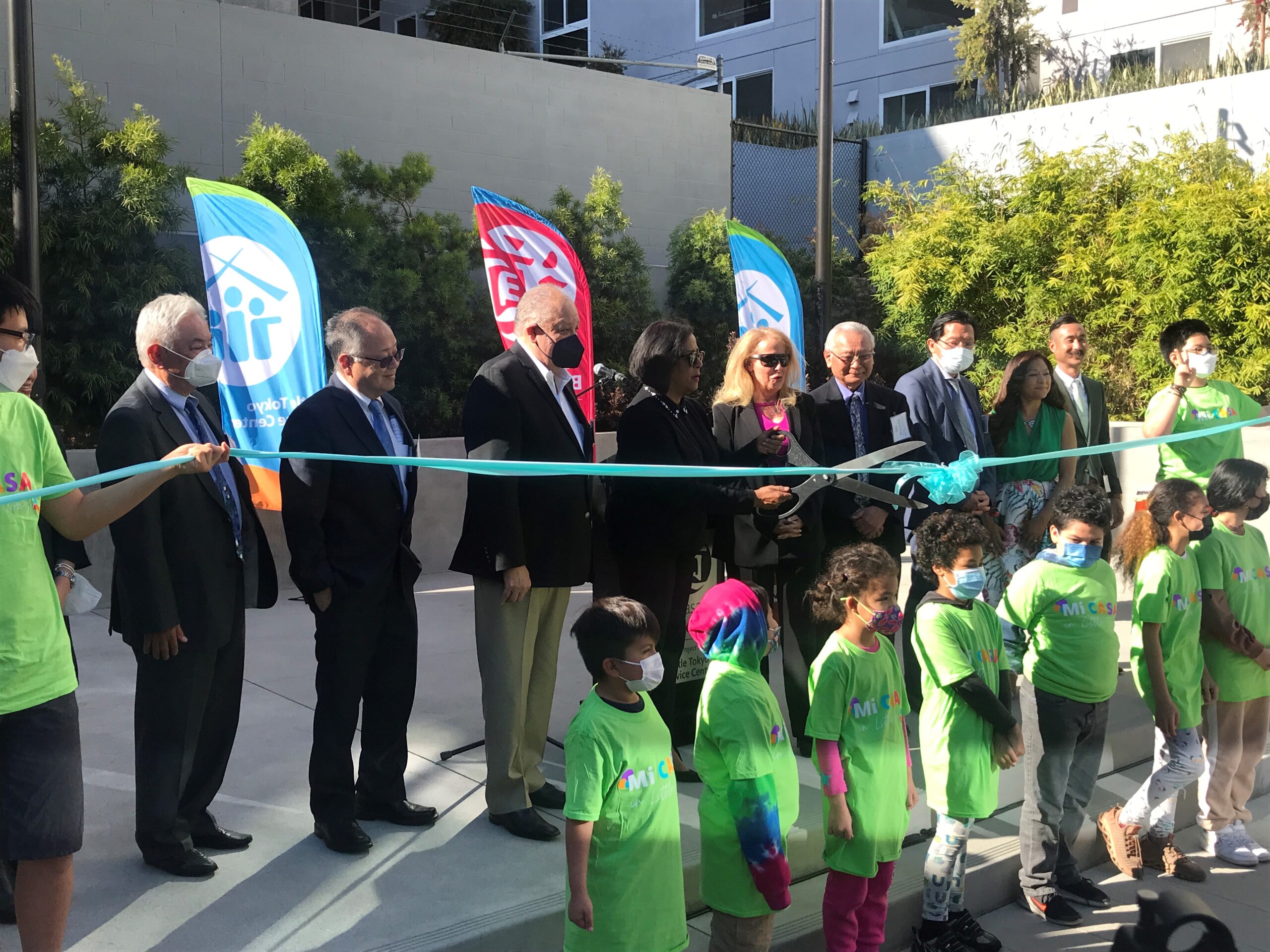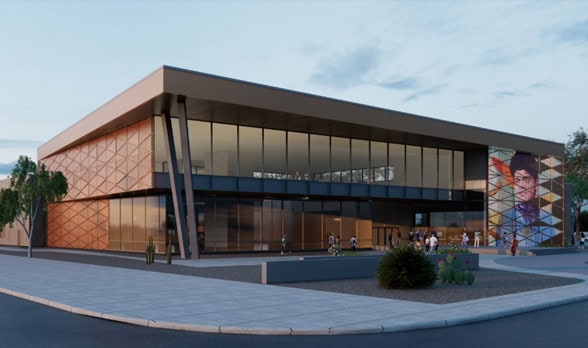
New Markets Tax Credit Program
AOF’s NMTC program has been active since 2002 deploying $510M of NMTCs over 14 Rounds. Our NMTC program strategically invests in non-profit projects (new construction, rehab, and expansion) that increase access to emergency/homeless and transitional housing, healthcare facilities (particularly FQHCs), early childhood/youth education programs, healthy food distribution facilities, multi-service community facilities, workforce development programs, and those projects that create quality jobs in low income communities.
We have long-standing experience and a particular interest in projects that are located in, or benefit, Native American communities, projects located in Identified/Underserved states, and those projects that are in Severe Distress or Deep Distress census tracts. We have a National scope (having been granted a national NMTC service area by the CDFI in 2023).
What is the New Markets Tax Credit Program?
The New Markets Tax Credit (NMTC) program was established by Congress in 2000 as a bipartisan initiative to encourage investment in distressed, low-income communities. NMTC investors provide capital to community development entities (CDEs), and in exchange are awarded credits against their federal tax obligations. CDEs finance projects that give new life to neglected urban neighborhoods and rural communities, support local business growth, and create jobs in underserved areas.

Our Results
$510MInvested
1.8M Square Feet of New or Rehabilitated Nonprofit Community Facility Spaces Financed
483,000Low-income clients on an annual basis
Learn more
Our Project Criteria
We are always on the lookout for high-impact NMTC-qualified projects. Whether you’re a financial institution, community-focused nonprofit, real estate developer, or another qualified investor, we’d love to hear from you.